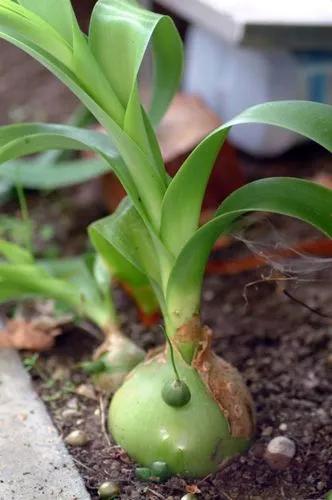This maple naturally grows in the eastern Himalayas and central China. Grows in mountain forests, rising to 3500 meters above sea level Small deciduous tree up to 15 meters high. In Central Europe, it grows mainly in the form of a large, multi-stemmed shrub. Sometimes it gives root shoots. Branches not pubescent, have a greenish-brown color, sometimes with white stripes.The leaves are whole, sometimes slightly three-lobed; the lateral lobes are mostly strongly reduced. The tip of the leaf is elongated, the edges are serrated. The length of the leaves ranges from 5 to 8 cm, and the width is about 5 cm. The petiole is also about 5 cm long. The top of the leaf blade is dark green, the bottom is lighter and pubescent when blooming, subsequently this pubescence remains only on the veins. The autumn color of the leaves is yellow. The buds are bright red, the scales of the buds have an unusual two-lobed shape.
Maple Four-Dimensional Care
Acer Stachyophyllum
Other names: +



Four-dimensional maple is a dioecious tree. Flowers are collected at 5-8 in panicle-shaped inflorescences. Male flowers are located in the leaf sinus, female flowers stand on a short stalk. The flowers are composed of four sepals, four petals and (in male flowers) four stamens. The nectar disc is located inside the staminate circle. The wings of the paired lionfish, which is a fruit, stand at an acute angle to each other. Acer stachyophyllum was first described in 1875 by William Hayrn in the Flora of British India by Joseph Hooker. Within the genus Maple, this species is included in the section Glabra and the Arguta series. Maple is a closely related species. The following subspecies are distinguished: A. stachyophyllum ssp. betulifolium (Maxim.) De Jong - the leaves are smaller, the lobes are more clearly defined, the edge of the leaf is more serrated, the autumn color is red. A. stachyophyllum ssp. stachyophyllum
Discover more plants with the list below
Popular articles






